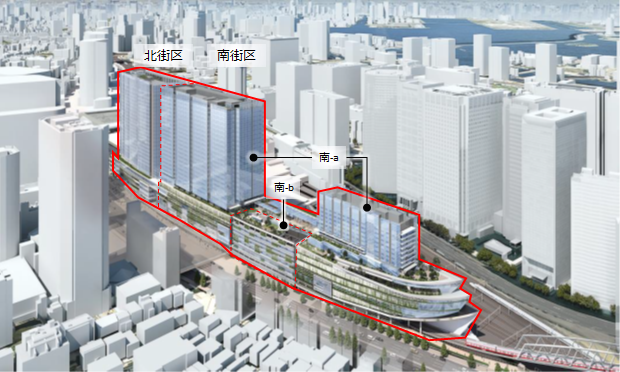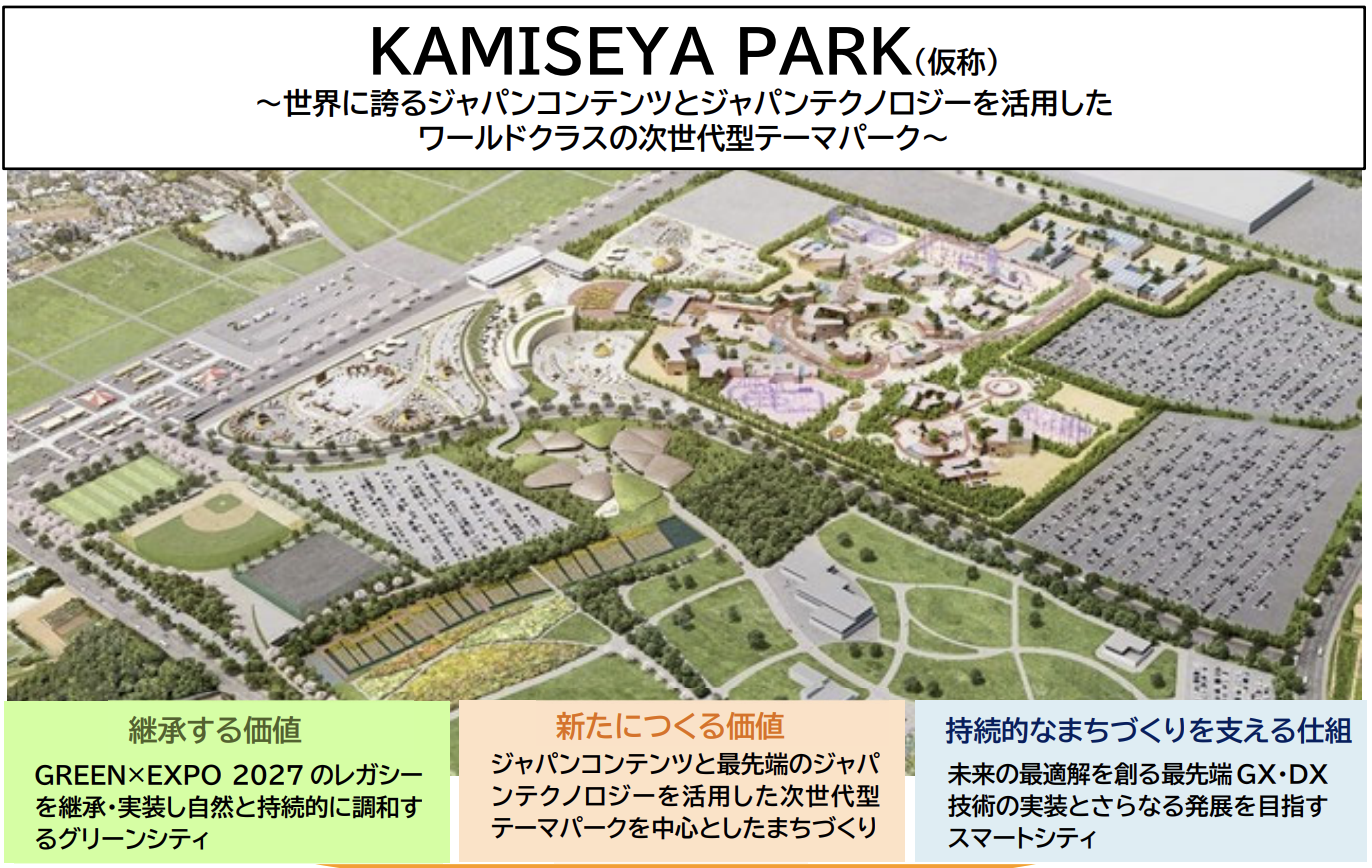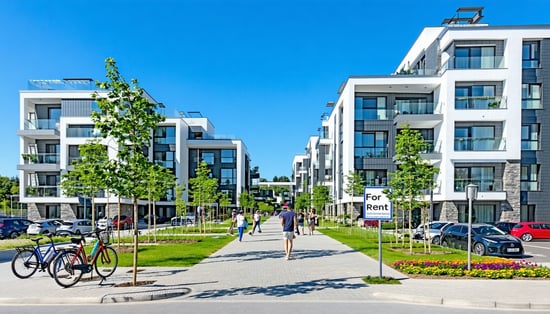For rental property owners, maintaining a high occupancy rate (occupancy rate) of a property is directly related to securing stable rental income. However, the vacancy rate in the market as a whole continues to rise, and many properties are currently suffering from vacancies. Not only does an increase in vacancies lead to a decline in revenue, but it also incurs costs such as advertising and remodeling expenses to recruit new tenants. As a management method to achieve and maintain high occupancy in such a difficult environment, this article explains the key points of " recruitment strategy " and " tenant response," and introduces advanced approaches that utilize AI (artificial intelligence) and data analysis. Finally, we will discuss how INA&Associates supports property owners' property management through its management system.
Minimizing Vacancy Periods by Optimizing Recruitment Strategies
The recruitment strategy to fill vacancies as quickly as possible is one of the most important factors in maintaining high occupancy rates. An appropriate recruitment strategy can minimize vacancy periods and prevent lost revenue opportunities. Below are some key points to keep in mind in order to achieve high occupancy.
-
Set appropriate rents: If rents are too high relative to the surrounding market, you will not be able to attract prospective tenants and vacancy periods will be prolonged. On the other hand, setting rents that are too low can lead to lost revenue opportunities. It is important to set an appropriate rent that is commensurate with the market rate and the grade of the property. If you advertise at a reasonable rent that is well-founded, it will lead to a contract that is highly satisfactory to both the tenant and the landlord. The AI rent assessment described below is effective in calculating the appropriate rent.
-
Appealing and differentiating the attractiveness of the property: In the advertisement, fully convey the attractiveness of the property and differentiate it from competing properties. For example, emphasize the property's strengths, such as its clean, remodeled interior, proximity to a train station, good neighborhood, and state-of-the-art facilities (e.g., high-speed Internet, delivery boxes). By highlighting features not found in other properties, you can attract the interest of prospective tenants and increase the number of inquiries. Enhance photos and floor plans, and use online viewing tools.
-
Flexible Terms and Conditions: Consider flexible terms and conditions to meet the needs of your target tenants. For example, in highly competitive areas, you can increase your competitiveness by offering lower security deposits and key money, or by introducing a "rent-free" (rent free for the first month of contract) service. Relaxing conditions, such as allowing pets or musical instruments, may also attract demand from previously unattainable segments of the market. However, it is important to consider the impact of relaxing conditions on income and expenditures, and to do so within a reasonable range.
-
Utilize multifaceted channels to attract customers: Not only one real estate portal site, but also several major portal sites, broker networks, SNS, etc., should be used to widely publicize your offerings. Since effective media vary by target demographic, it is also effective to use different media, such as local information magazines and inserts for the elderly and Internet and SNS advertisements for the young. We maximize the population of tenants through a broad customer base and precise advertising strategies, and secure appropriate tenants from among them.
-
Speedy response to tenant recruitment: It is also important to be agile enough to start recruiting new tenants as soon as a tenant moves out. Since revenue is lost while vacancies are occurring, we strive to quickly respond to previews and inquiries, and conclude contracts as quickly as possible. It is also an important function for the management company to quickly and proactively recruit tenants when vacancies occur. It would also be effective to analyze data such as past recruitment results and average vacancy periods, and to implement a PDCA cycle to identify and improve bottleneck factors (rent setting, recruitment advertisements, etc.).
As described above, by combining appropriate rent setting, attractive property PR, flexible condition reviews, and prompt and accurate recruitment activities, it is possible to shorten the vacancy period and maintain a high occupancy rate.
Use of AI rent assessment to identify appropriate rents and optimize recruitment conditions
Among the aforementioned recruitment strategies, rent setting is a particularly sensitive point that determines high occupancy. In recent years, AI rent assessment systems have revolutionized the rent setting process, using machine learning to analyze vast amounts of past contract rent data and property attribute data to automatically calculate rents that are appropriate for the subject property. In the past, rents were determined empirically by the person in charge of the property based on a survey of the surrounding market, but with the introduction of AI, it is now possible to set rents precisely based on objective data.
The greatest merit of AI assessment lies in its accuracy and speed. For example, one AI appraisal service has achieved a median error rate (MER) of 2.46%. This means that the margin of error between the rent quoted by the AI and the actual contracted rent is negligible, which is far more accurate than conventional methods that rely on human intuition and experience. Similarly, other companies' systems that make full use of real estate big data and AI have reported an error rate of approximately 1%, the highest level of accuracy in the industry. With such highly accurate rent assessments available instantly, owners can secure income without waste at a fair price, and tenants can be recruited at a reasonable rent that does not seem overpriced to them. In fact, the use of AI is accelerating in the industry as a whole, with major real estate companies partnering with AI assessment ventures to realize same-day assessments.
Furthermore, AI rent assessment can not only analyze the current market price, but also predict future market trends. For example, it can provide forward-looking strategic advice based on data, such as "suggest a more aggressive rent setting in areas where demand is likely to increase" or "recommend a long-term lease in areas where there is a risk of rent decline in the future. This provides useful suggestions not only for determining rents, but also for long-term stable measures for rental management.
Some AI-based services can automatically generate specific vacancy prevention plans in conjunction with rent assessment results. For example, based on the appropriate rent calculated by AI, the service can generate a report with detailed proposals such as, "The expected target is single adults, and we recommend installing free internet facilities and relaxing the conditions to allow pet-ownership. In fact, an AI-equipped reporting service for property management companies is able to propose a full occupancy management strategy for each property based on analysis of surrounding big data, and immediately present the basis for setting rents, recommended equipment, and even a proposal for revising contract conditions. By making good use of AI rent assessment, you will be able to start offering at an appropriate rent, which will generate a large number of inquiries from the initial stage and lead to early closing of contracts. In addition, by implementing measures to increase the value of the property based on data-supported suggestions, you will be able to create more competitive advertisement conditions.
Management Strategies that Respond to Market Trends by Utilizing Data Analysis
To achieve high occupancy, it is important to develop strategies based on data analysis rather than relying on intuition alone. By utilizing market data and your own property management data, you can make appropriate decisions based on the characteristics of your property and the market environment in which it is located. The first step in marketing begins with data collection and analysis. For example, we gather multifaceted data on rental supply and demand trends in the surrounding area, vacancy rates and rent levels at competing properties, new construction development plans in the neighborhood, and changes in the local population and households to understand the current situation. Data analysis enables us to objectively identify the market opportunities and threats facing the property and evaluate the property's strengths and weaknesses. Based on the results of this analysis, we then formulate policies such as "who should be the target tenant group" and "what strategies should be adopted in terms of rent and facilities in order to beat the competition.
For example, demographics show that vacancy rates vary by region. In urban areas, where the population continues to flow in, demand tends to be firm and high occupancy rates are easy to maintain. On the other hand, if the number of households is increasing even in an area with a declining population (e.g., an increase in elderly single-person households or foreign households), there is room to fill vacancies by responding to new needs. Data analysis can be used to accurately identify such demand characteristics of each region, enabling the precise formulation of property targeting and differentiation strategies. For example, if data on the construction of a new university in the neighborhood is obtained, decisions can be made to change the interior design and layout to cater to students, and rent trend data from competing properties can be used to determine when to revise the rent of your own property. When vacancies occur, it will be easier to secure the next tenant in a shorter period of time by reviewing the company's past data on the length of time it has been accepting applications and achievable rents, and adjusting its application conditions in light of the latest market trend data.
In this way, data-driven rental management allows for rational strategic planning, avoiding ad hoc decisions. In fact, the industry is shifting to data-driven management, and there is a growing trend to optimize property asset management, tenant management, and leasing strategies in an integrated manner. This is because flexible leasing (rental solicitation) strategies that utilize accumulated data make it possible to maintain a high level of competitiveness. Even if it is difficult for owners to analyze market data themselves, it is important to have a reliable management company that can make proposals based on such data analysis. A management strategy backed by data will contribute not only to maintaining high occupancy but also to increasing asset value in the future.
Promoting long-term occupancy through tenant responsiveness
No matter how hard you work to recruit tenants and succeed in getting them to move in, you will not be able to maintain high occupancy if you are not responsive to ten ants and they move out soon after moving in. Good post-occupancy follow-up and response greatly influences tenant satisfaction, which in turn leads to long-term occupancy. Not only does a high level of tenant satisfaction encourage tenants to stay longer, leading to a lower vacancy rate, but it also leads to the acquisition of new tenants through word-of-mouth referrals from satisfied tenants. Therefore, another pillar of maintaining high occupancy is to improve tenant response skills to increase tenant satisfaction.
Specifically, the first important aspect of tenant relations is prompt and sincere response. When tenants contact you to complain about equipment malfunctions or noise complaints, it is important to respond as quickly as possible. In particular, emergency problems such as water leaks and power outages require a speedy response. Resolving problems promptly, rather than leaving them unattended, will alleviate tenant anxiety and frustration, and lead to a sense of security that they want to continue to live in the property. A slow response can undermine tenant trust and lead to evictions and bad publicity. A professional management company may have a 24-hour emergency desk that can respond immediately to problems late at night.
Next, communication and trust are also important. A relationship of trust is built with tenants by listening carefully to their questions and requests and providing appropriate support during the tenancy. Residents also appreciate the owner's efforts to provide reassurance, such as periodic facility inspections and greeting them to explain how the property is being managed. It is also important to confirm tenants' intentions in advance when it is time to renew the contract, and to ensure that the renewal process goes smoothly for those who wish to continue. Even if a rent revision is necessary at the time of renewal, a careful explanation while showing market data will make it easier to gain the tenant's understanding.
In addition, physical maintenance of the property is also a part of tenant relations. By keeping up with cleaning and regular inspections of common areas and preventing equipment breakdowns in advance, we can provide a comfortable living environment for tenants. Residents are constantly observing the property, and even small deficiencies, if left unattended, can lower the property's reputation. On the other hand, if they see that the property is meticulously managed, they will have a greater sense of trust in the property and will be more inclined to live there for a long time. Increasing satisfaction from both the perspective of creating a comfortable living environment and providing courteous human services will promote long-term occupancy.
If tenant satisfaction is increased, the move-out rate will decrease and the occupancy rate of the property will stabilize. Having tenants live in the property for a long period of time saves on recruitment costs and remodeling costs due to vacancies, which is highly beneficial to the owner. Therefore, to achieve high occupancy rates, it is important to provide consistent, high-quality service from the initial move-in to the ongoing occupancy, and a reliable management company is indispensable for this.
Professional management system for worry-free operation - Advantages of entrusting INA&Associates with your property
We have already discussed recruitment strategies, tenant relations, and the use of technology to maintain high occupancy, but in reality, it is difficult for owners to do all of this on their own. INA&Associates has a management system that comprehensively implements these measures as a real estate professional and provides strong support for owners' rental management. Here are some of its main features.
-
Sophisticated management using the latest technology: INA&Associates has introduced a cloud-based integrated management system to centrally manage all information related to the property. Contract documents, repair history, inspection reports, and other information are also stored in the cloud, allowing owners to check the status of their properties online 24 hours a day. We also actively utilize real estate tech, such as AI rent assessment, to make data-driven decisions, enabling us to provide low-cost, high-quality services compared to conventional management. Our next-generation rental management system combines the latest technology with real estate expertise to support high occupancy management while reducing the burden on owners.
-
24/7/365tenant support system: Owners are often concerned about tenants calling them late at night or early in the morning to report an emergency. Specialized staff responds to calls and takes appropriate measures as necessary, thereby promptly resolving tenant concerns and improving satisfaction. Owners can rest assured that they will not have to worry about receiving a late-night emergency response call directly from the owner. All troubles handled are recorded in the system and shared among the staff in charge, so that follow-up can be done without omission. This complete trouble-shooting capability enables stress-free rental operations for both tenants and owners.
-
Transparent information sharing and reporting: Transparency in management status and income/expense reporting is also essential for reliable management, and INA&Associates shares information with owners on the aforementioned cloud system to provide timely reports on property occupancy status, repairs that have occurred, and other information. INA&Associates is a cloud-based system. This system prevents problems such as unclear billing and miscommunication, and provides a system that allows owners to feel secure in trusting their valuable assets through management that is always visualized. In addition to the use of the latest technology, the staff in charge provides regular management reports and proposals, allowing owners to grasp the situation and make management decisions smoothly.
-
Total support by an experienced team of professionals: INA&Associates has a team of rental management professionals with experience in a wide range of real estate from luxury rentals to investment properties. We offer a one-stop service that includes tenant recruitment, contracting procedures, daily property management, move-out settlements, and restoration work arrangements. Our staff members with expertise in various fields provide detailed and attentive services that put the "owner first," enabling owners to earn a stable income while concentrating on their original jobs and lives.
As described above, INA&Associates realizes high occupancy management of owners' properties through a unique management system that makes full use of the latest technology and expertise. By freeing owners from the stress of complicated operations and tenant relations, and providing total management that includes strategic proposals to maximize revenue, INA&Associates has become the partner of choice for "peace of mind. Property owners who are experiencing challenges in maintaining high occupancy are encouraged to take advantage of INA&Associates' professional capabilities and take the first step toward stable rental management.

Daisuke Inazawa
Representative Director of INA&Associates Inc. Based in Osaka, Tokyo, and Kanagawa, he is engaged in real estate sales, leasing, and management. He provides services based on his extensive experience in the real estate industry. Based on the philosophy that “human resources are a company's most important asset,” he places great importance on human resource development. He continues to take on the challenge of creating sustainable corporate value.

.png)













